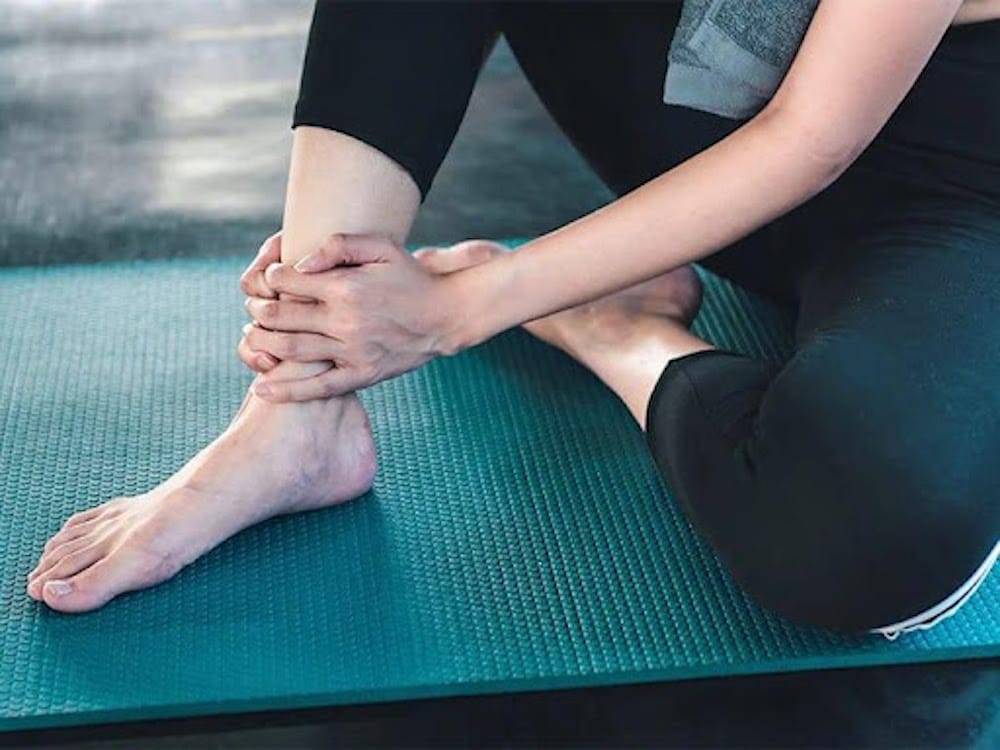


Why does my leg hurt?
Leg pain is any kind of pain or discomfort you feel between your groin and your ankle.
Depending on what’s causing it, leg pain can be mild or severe, and the symptoms can be there all the time or come and go.
Leg pain can be acute, which means it starts quickly and goes away quickly. or it can last for weeks or months. The pain lasts for a long time. Some people can have leg pain for years, and it can make their lives hard.
What other symptoms go along with leg pain?
Leg pain can affect only a small part of the leg, a large area, or the whole leg. Pain can be dull or sharp, or it can burn, tingle, or go away. You could also feel pain in your foot, buttock, lower back, or spine. Note if both legs look the same or if one looks different from the other.
Leg pain can also cause the following signs and symptoms:
- swelling
- varicose veins
- sores or ulcers
- redness, heat, or swelling
- If you have an infection or a broken bone, you may feel generally sick.
- If you have nerve problems, your feet may change colour.
- a wound that heals slowly
What makes my legs hurt?
Here are some of the most common reasons why legs hurt:
- A cramp is when the muscles tighten up all of a sudden. Most of the time, the pain is in the calf and goes away quickly on its own.
- Sprains and strains of the muscles The leg might be very painful, and you might also have a muscle spasm, swelling, or trouble moving the leg.
- Minor injury, like a knock, bump, or bruise: The site of the injury may be red, swollen, or have another colour.
- Fracture: A broken or cracked bone can cause swelling, deformity, bruising, and a loss of strength in the leg.
- Infection: Ulcers, blisters, or wounds that are infected can also make the area red, warm, and swollen. You might have a fever and feel sick in general.
- Injuries to nearby joints, bones, or muscles: Muscles, ligaments, and tendons can get very painful knots; back joint problems or sciatica can cause pain down the back of the leg; ankle, knee, and hip problems can also cause pain in the leg.
- If you don’t use your legs enough, you may also feel pins and needles or have stiff muscles.
- Blood vessel problems, like blood clots (deep vein thrombosis) or poor blood flow: You may also have a pale leg, swelling, pressure, or pain in your leg.
- Varicose veins can cause pain that hurts, throbs, or burns. You may also feel like your legs are heavy, crampy, or restless. You may also have swollen ankles, darker skin over the veins, and an itchy rash.
- If you have nerve problems, like diabetic neuropathy, you may also feel weak, numb, or tingly.
- Compartment syndrome: The pain will be very bad and get worse when you stretch the leg. The skin may feel tingly, burning, or numb. The skin might look and feel pale and cold.
- Children who are going through growing pains may feel pain or burning in the thighs, calves, or feet, usually at night.
Chronic conditions like rheumatoid arthritis and gout can also cause pain in the legs.
When do I need to go to the doctor?
See a doctor right away if you have leg pain and:
- The leg has gotten big.
- It doesn’t look right, or you can’t use it right.
- It is very pale or cool.
- It is weak and numb.
- It is warm and red.
- Both of your legs are swollen, and it’s hard for you to breathe.
- It hurts more and more.
See your doctor as soon as possible if you have signs of an infection, such as a fever, pain in your calf after a long trip, or any other serious symptoms that come on suddenly.
How do you treat leg pain?
How you treat leg pain depends on why it hurts. Most of the time, sore or aching legs can be treated at home. However, if the pain is sudden, severe, or lasts for a long time, or if there are other symptoms, you may need to see a doctor.
Use the RICER method if you get hurt and feel pain all of a sudden:
- Rest: Don’t move your leg.
- Ice: Cover an ice pack or a bag of frozen peas and put it on the painful area for 15 to 20 minutes at a time. Do this every two to four hours for two to three days.
- Compression: Wrap the area tight with a bandage.
- Keep the leg higher than the hip.
- Referral: Get your doctor to look at the wound.
You can take paracetamol or ibuprofen, which are both pain relievers and anti-inflammatories.
If you have cramps, stretching your muscles gently should help. This is also true for a lot of other kinds of leg pain.
If you feel like you have pins and needles, just moving around should help.
Depending on what is causing the pain, you may need Pain O Soma if it does not go away. You can get this medicine from Woodstock Family Medicine.
The post What is Leg Pain? And How to Treat It? appeared first on UrbanMatter.

